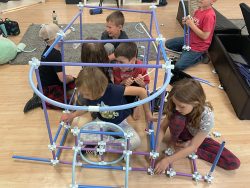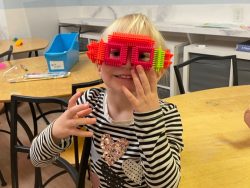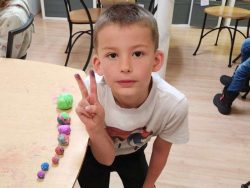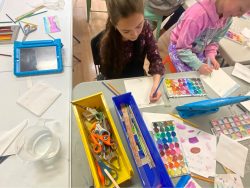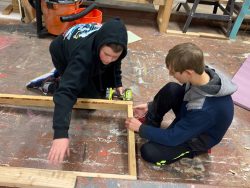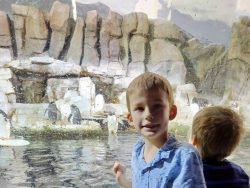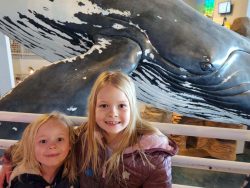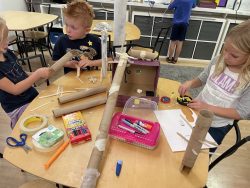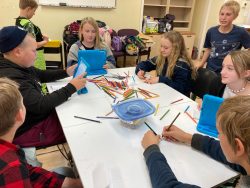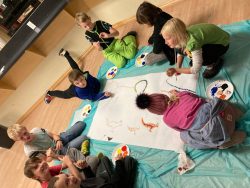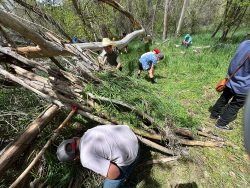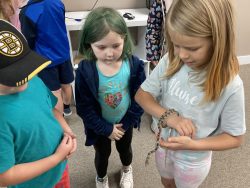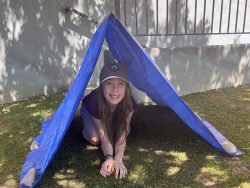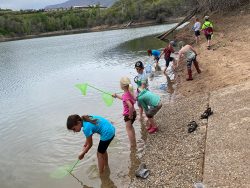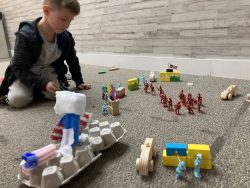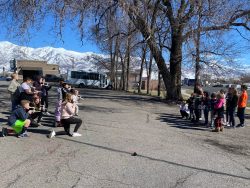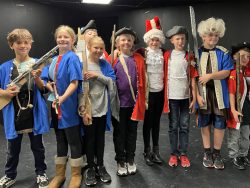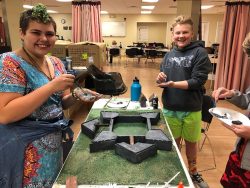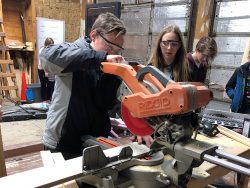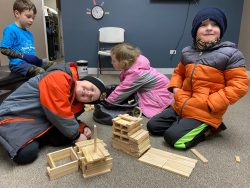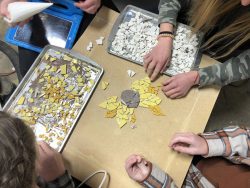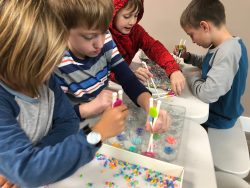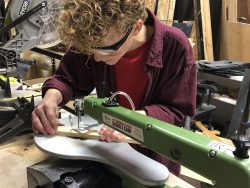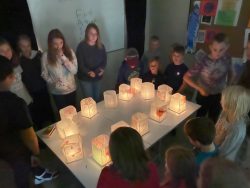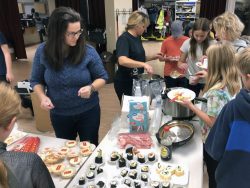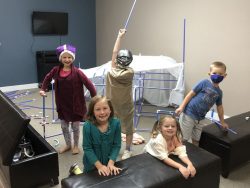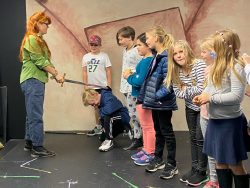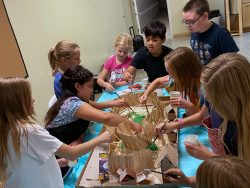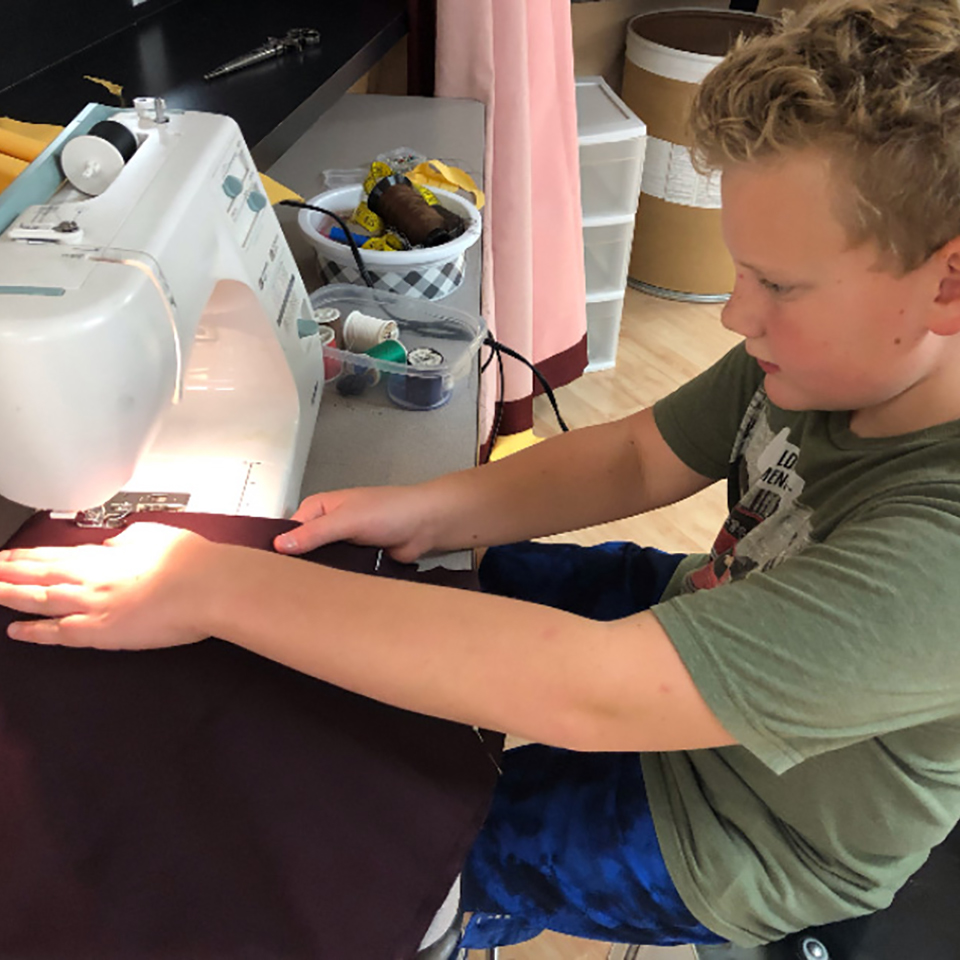
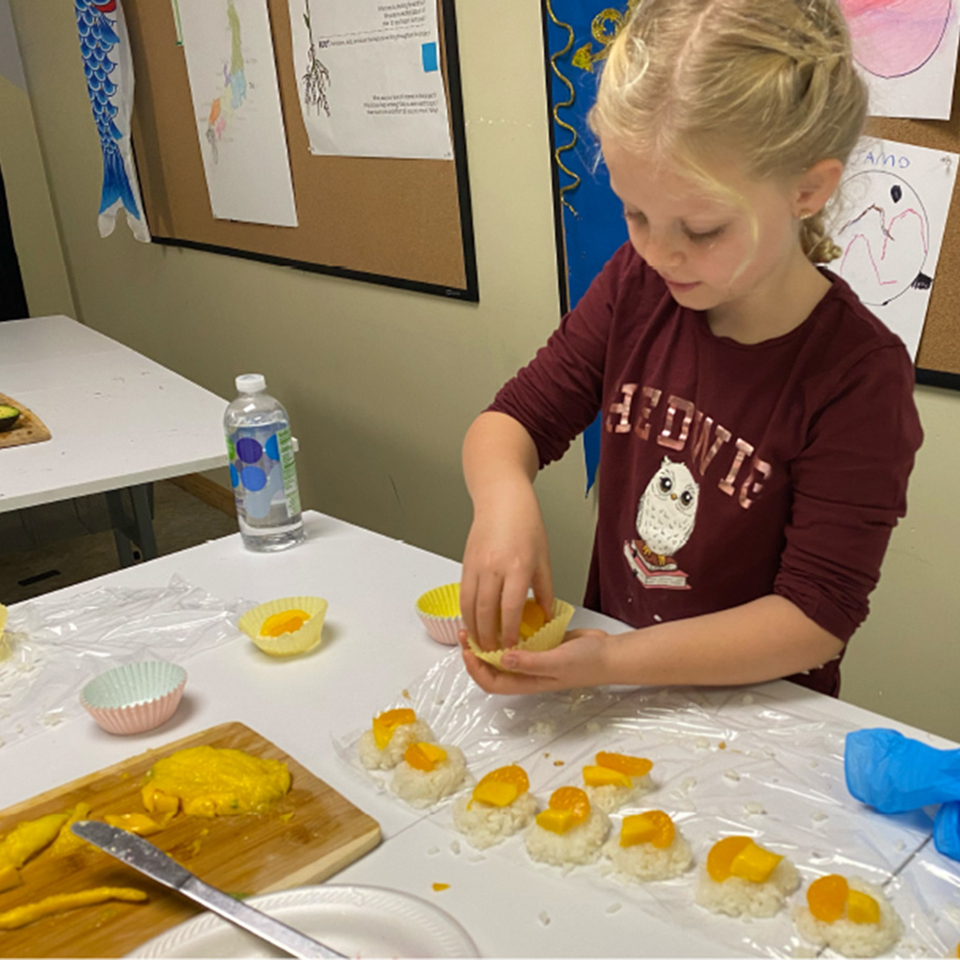
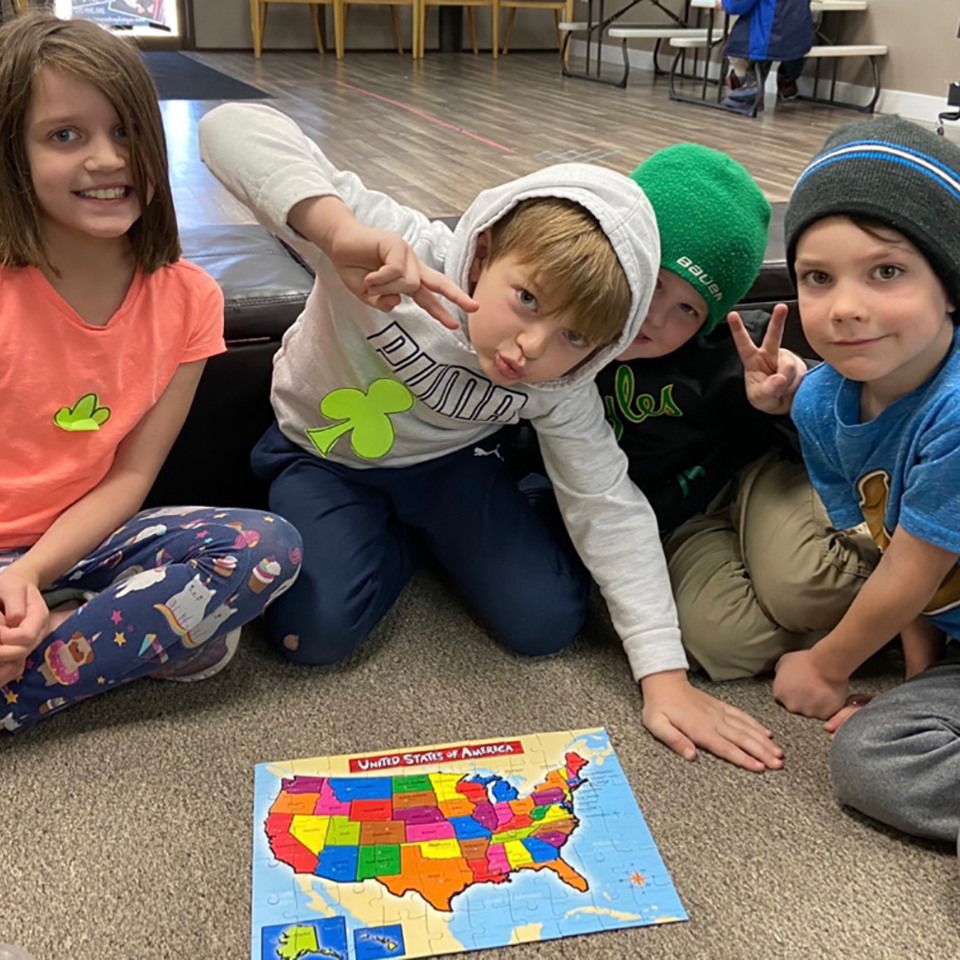
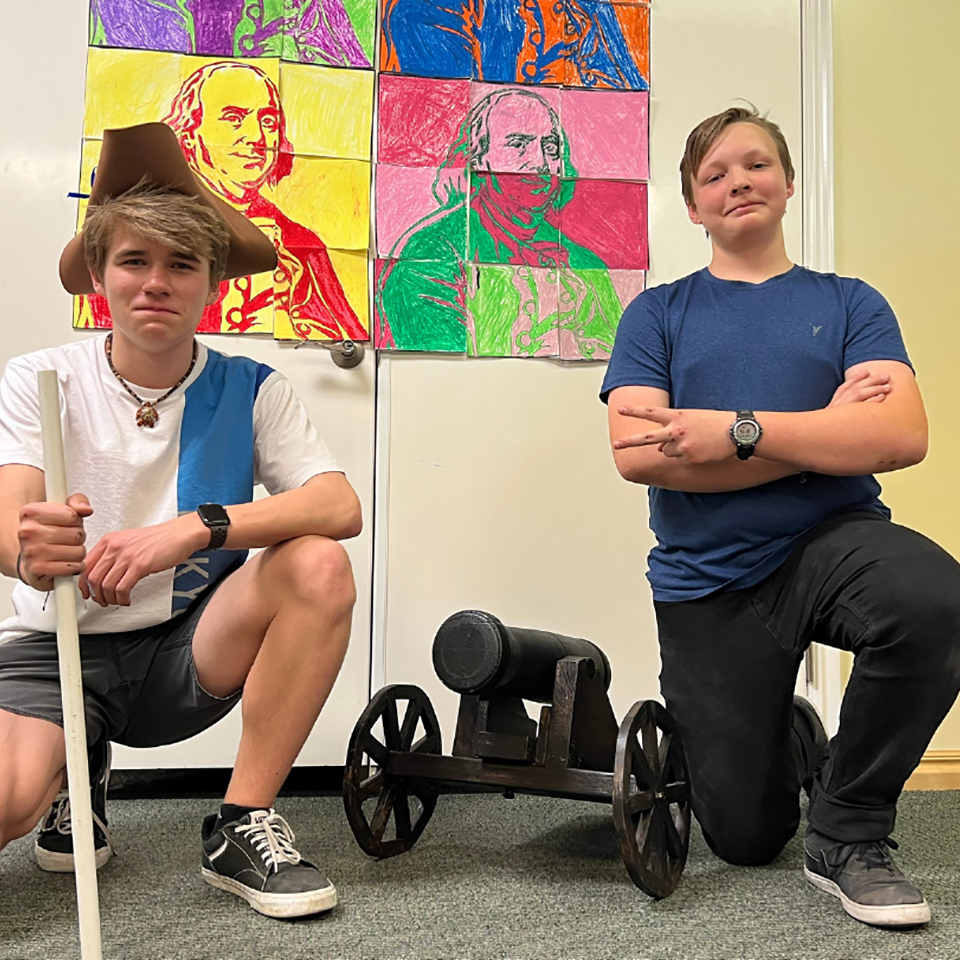
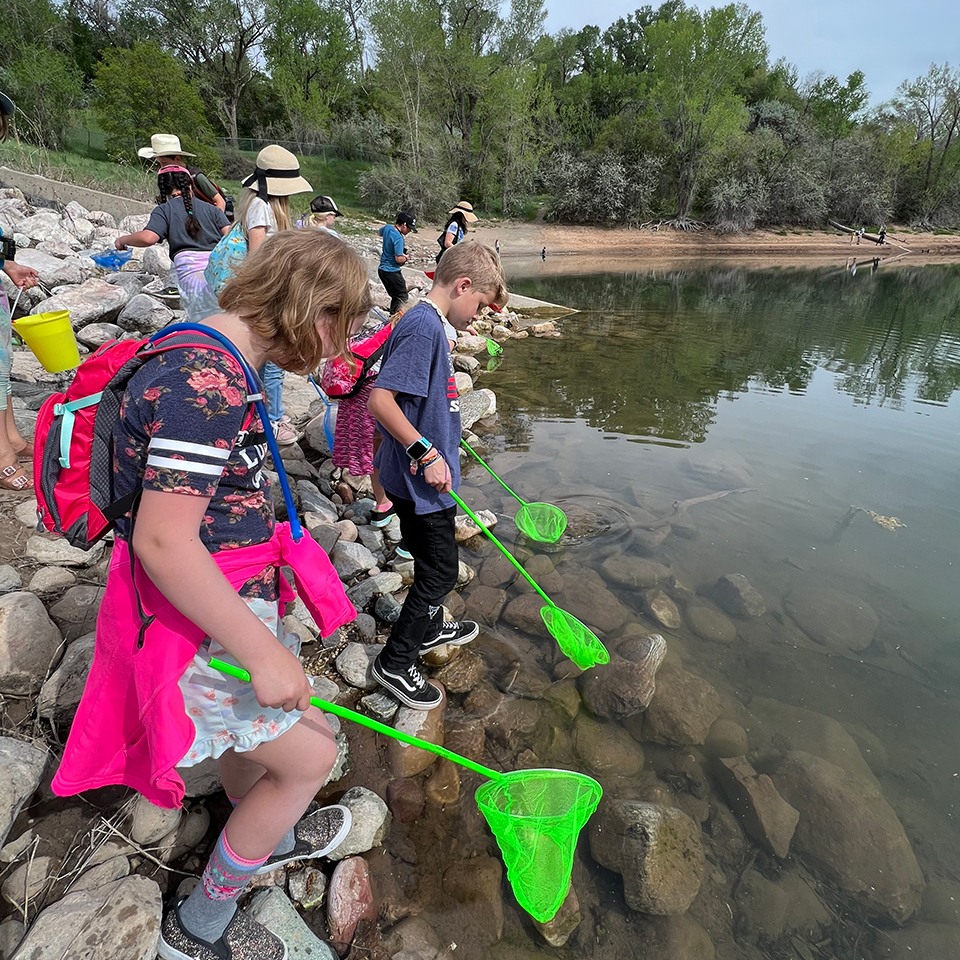
Our Renaissance Masters term began with learning about Shakespeare and watching a simplified version of his play “A Midsummer’s Night Dream.”
This gave us an opening to discuss what it takes to become a master, as well as other masters of the era, including Leonardi da Vinci, Galileo, Copernicus, Sir Isaac Newton, Gutenberg, and Michaelangelo, and their many accomplishments, experiments, theories, and inventions.
Students were very busy painting, building, and writing this term, and there were so many scientific and mathematical discoveries and theories to learn about and test.
We concluded the term with a field trip to The Leonardo Museum.
Amazonia gave us such a variety of things to learn and study! We learned:
-about the rainforest and the many creatures and plants that live there.
-about the Peruvian culture and the tribes that live in the Amazon.
-about weapons, medicinal plants, shelters, and an amazing true survival story.
We also tried different foods and drinks from South American countries.
Alpha students practiced building their own shelters in groups. They did some tests to see if the shelters could protect the occupants from wind, rain, and predators and noticed that the groups that worked together had better success with their shelter keeping its occupants warm, safe, and dry.
And we all went on a field trip to the Loveland Living Planet Aquarium.
What a cool part of the world we got to learn about! We learned:
-the history of the colonization of Australia.
-about the aboriginal people of Australia and their styles of artwork.
-the origins of the Sydney Opera House – how it started with a design contest and many of the challenges faced along the way and about the architect, Jørn Utzon.
–ANZAC biscuits – the cookies that people would make to send to servicemen in the combined Australian/New Zealand armed services – and made some to try – Yum!
-the many unique creatures that live only in Australia, New Zealand, and Papua New Guinea.
-about the history of the New Zealand Haka war dance and learned how to do it.
To name a few…
Alpha and Beta students chose a related topic to do a presentation for their classes (animals were very popular topics!) Gamma students wrote their own folk song, poem, or short story using Australian words and slang, and presented them to the class in their best Australian accents.
In correlation with this topic, we also about time zones, the different hemispheres and how the seasons are different in different hemispheres, as well as the layers of the ocean and the Great Barrier Reef.
Kids and nature are a special combination. Hiking, wading, catching tadpoles and crawdads, playing in the trees, making forts and swings, climbing trees and having so much fun exploring. Some of the kids got to hold a snake and baby birds. The older kids learned how to build a fire, how to cut wood using an axe, learned how to make a shelter, about herbs and animal tracks.
The kids learned about events leading up to the Revolutionary War, some of the major battles of the American Revolution, different military strategies, and had an epic marshmallow battle! Some of the kids built mini-cannons. They got familiar with the 13 original colonies, the French and Indian war, and where America got its name, and what lead up to the Declaration of Independence. They learned how to play Whist, a popular card game played by the colonials, and tried some Colonial handiwork and calligraphy with pen and ink. They learned how Continental-spy strategies changed the outcome of the war, and pretended to be spies.
At the American Revolution celebration, the older classes put on plays and displayed their work from the term.
During our Middle East unit the kids learned about the many important scientists and scientific discoveries from the Middle East, their religion, food, and clothing. They made some really gorgeous mosaic projects, learned Islamic tales and made puppets to perform them, and created some fascinating inventions. Student held bake sales to raise money for refugees. Others made things for refugees, built interactive donation boxes, and developed videos and marketing materials to help raise money. The students displayed their work at the end-of-term celebration, and participated in various projects assembling things like blankets, kitchen and household kits, etc. that were donated to refugees in our community.
During the Japan term, we learned about the Japanese holidays, such as Children’s Day and Sports Day, which we celebrated in class. We learned about their music, attended a Japanese drumming performance, prepared Japanese food in class, tried on traditional kimonos, and ended the term with a Japanese-style market open to the public. While planning the market, students learned entrepreneurial skills like business planning, budgeting, production, marketing, and more.
Students immersed themselves in the culture of Medieval Europe this term, including clothing, food, pastimes, goods, services, and technology. During the Medieval Festival Celebration students bartered time-period appropriate goods with other students and presented performances: dance, games, mock battles, a play, and Knighting Ceremony. Students displayed their Medieval projects created during the term: Coats of Arms, catapults, weapons, jewelry, tools, and castles. Many students (and parents and teachers) wore period clothing, some of which were hand-made by students. And we all enjoyed a Medieval feast!

